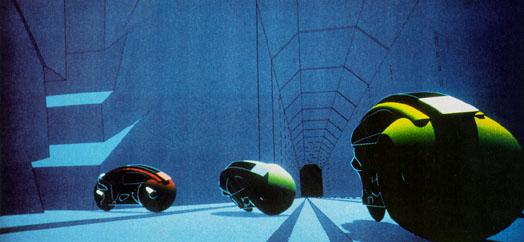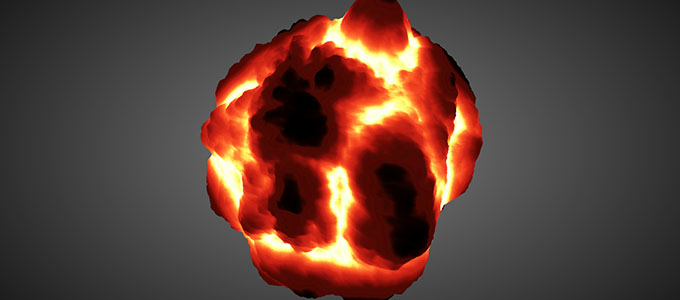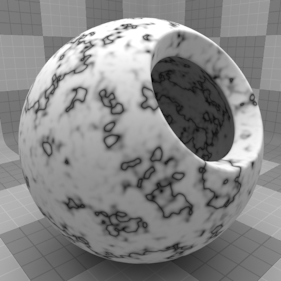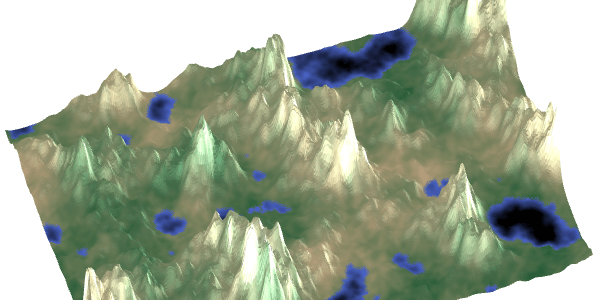Homework Review
- Choose a work that did something unexpected with parameters. Discuss.
- Choose a work that you 1) like and 2) don’t know how how it was made. Describe what you see.
- Choose a work that combined elements from a previous week with parameters. Discuss.
- Who had the widest “apparent” parameter space?
- The challenge is still not a competition, but who won?
Today’s Groups
- Jonathan, Sanie
- Jennifer, Talia
- Danielle, Sachi, Kim
- Amber, Dorothy, Gabriel
- Bateel, Jane, Enayet
Today’s Learning Objectives
- What the
noise()function does. - When and how to use
noise() - Qualities of Noise (Frequency, Amplitude, Smoothing, Layering, Dimensions)
Noise

Consider the code you would write to draw a colored square. Your code would require several values: horizontal position, vertical position, width, height, the RGB values.
Where do those values come from?
| Source | Purpose |
|---|---|
| Hard Coded | You want specific control of the value. |
| Parameters | You want to be able to control the value from a larger context. |
random() | You want random variation. |
noise(x) | You want controlled variation. |
Often you use these in combination:
width = 100 + random(-10, 10);
Using random() is a good way to add variation to a value. The noise(x) can often offer variation with greater control and consistency.
Random()
Noise(x)
Benefits of Noise
Noise is Coherent
The noise(x) function returns values sampled from Perlin Noise. Perlin Noise provides random values that are aesthetically arranged (band limited and visually isotropic) in space. These values are a useful basis for many applications that require natural-feeling variation.
Noise is Repeatable
Repeated variation is easy with noise(x): every time you call noise(x) with a particular argument, you get the same value back. This is often very useful. For example, in an animation you often need variation to be consistent from frame to frame.
random()requires no arguments and returns a different random value every timenoise(x)requires an argument and returns the same random value every time- This difference takes some getting used to, and learning what to pass in for
xtakes some practice. - This difference is a core reason why
noise(x)is so useful.
Noise is Controllable
By controlling what you pass to noise(x), you can control the frequency of the random values returned. This can be used to control how quickly values vary in space and time. Like random() values, you can scale and shift the values from noise(x) to the range you need. You can also adjust the character of noise(x) using noiseDetail().
1D Noise
Activity: Building 1D Noise
- Review the Linear Congruential Generator worksheet.
- Complete the Linear Congruential Generator (Noise) worksheet.
- Graph the results on the 1D Noise Worksheet.
2D + 3D Noise
noise(x)

noise(x, y)

noise(x, y, z)

Qualities of Noise
- Smoothing
- Layering/Octaves/Detail
- Frequency
- Dimensions
Working with Noise
Calling the Noise Function
When you call noise(x) you have to pass in an x value. This x value is the location in the Perlin Noise of the value to return. Choose x based on how you want the value to vary. You can pass in frameCount or millis() to get values that change over time.
noise() actually takes up to three parameters: noise(x,y,z) allowing you to receive values arranged in three dimensions (see below).
Controlling the Frequency
You can control how quickly returned values will vary over time and space by scaling the value you pass in for x.
n = noise(frameCount); // get a value that changes over time
n = noise(frameCount * .1); // get a value that changes over time slowly
n = noise(frameCount * 10); // get a value that changes over time quickly
Controlling the Amplitude and Range
The noise(x) function returns values in the range of 0 to 1. Use multiplication and addition to shift this range to the range you need.
n = noise(frameCount) * 10 + 10; // values between 10 and 20;
You could also use map():
n = noise(frameCount); // 0 -> 1
n = map(n, 0, 1, 10, 20); // map to 10 -> 20
Controlling the Detail
The noiseDetail() function allows you to control the “roughness” or “detail” of the noise returned. See: p5 reference
Controlling the Seed
By default, every time you restart your sketch the noise pattern will be different. The noiseSeed() allows you to manually set the noise pattern seed. See: p5 reference
Study Examples
Noise Applications
Tron
 Ken Perlin on Procedural Textures
Ken Perlin on Procedural Textures
Procedural Textures
 clicktorelease.com: Fireball
clicktorelease.com: Fireball
 Shiny Dynamics: Blender Wood
Shiny Dynamics: Blender Wood
 Modo: Marble
Modo: Marble
Procedural Shapes
Forces
OpenCL Perlin Particles from Eddie Lee on Vimeo.
Assignment
Keep Sketching! This week, focus on using the noise() function. Use noise() in a variety of ways. Use 1D, 2D, and 3D noise. Try using high, mid, and low frequency noise. Try using noise to control different things: position, size, color, rotation, etc. Think about tile graphics, random(), and parameters while you work. Consider combining these concepts with noise().
Special Assignment
Don’t forget to sign up for orientations for the Laser Cutter and 3D printer.
Challenge
Make a program that generates treasure maps.
Your maps should:
- Describe the geography of a fictional territory
- Mark the location of the treasure
- Include a path to the treasure from a reference point
- Be expressed in a cohesive style
Things to consider:
- Where is you treasure? On a tropical island? A farm? In a warehouse?
- What style is your map?
- Does your map include labels? What do they say?
- Can you make a believable, natural geography? Should you?
- What terrain features might you include? Rivers? Mountains? Hills? Boxes?
- It is okay if your map takes seconds, or even minutes to generate. Does allow you to do something different?
When posting your map:
- Include three maps generated by your program.
- Each map should be shown as an image, not video.
- Consider posting a first run at this challenge early, and then revisiting towards the end of the week with a second post.

